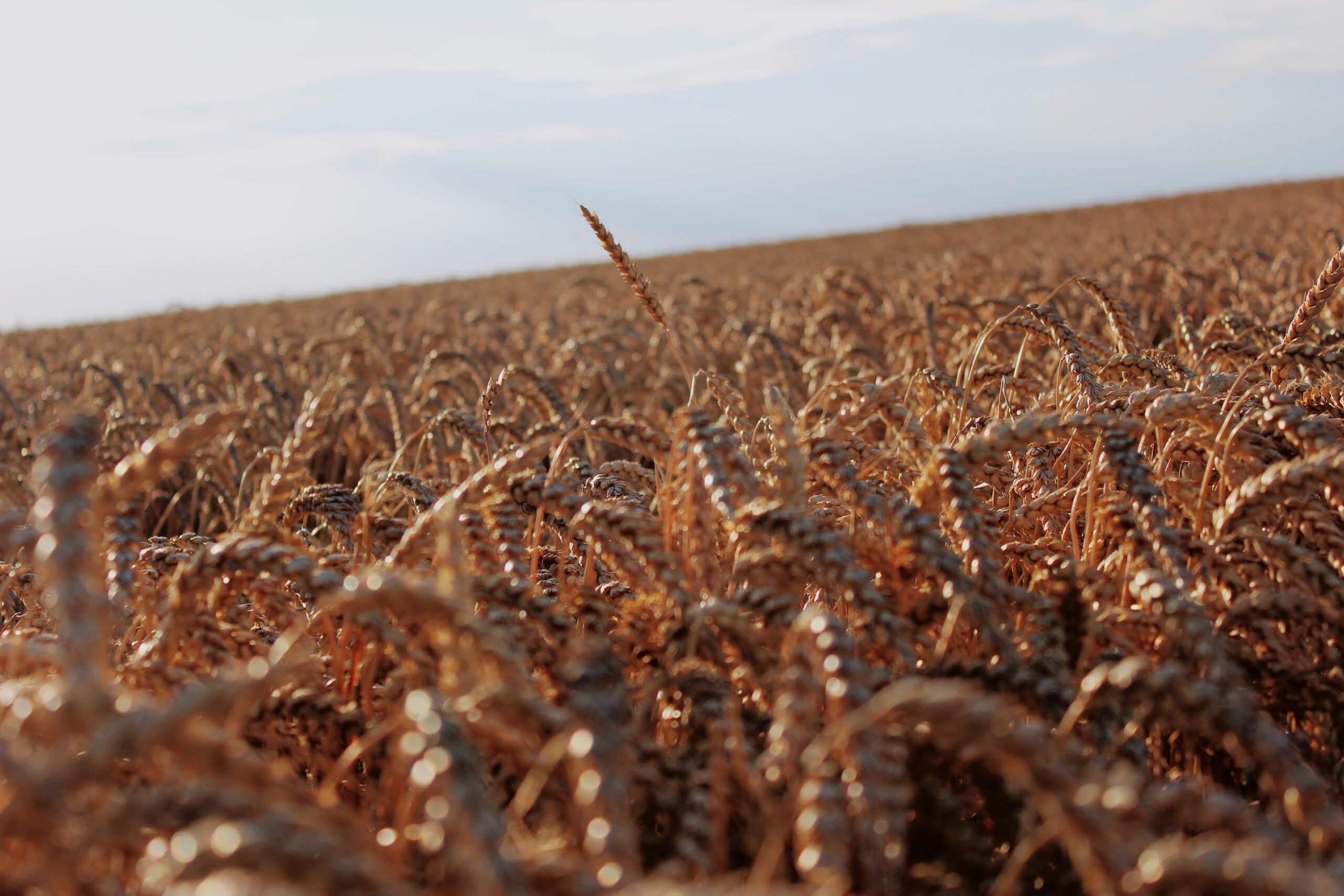Wheat, rye, and barley are just a few examples of cereals that contain the protein gluten. It is the cause of the distinctive texture and elasticity of bread. Yet, under some circumstances, gluten can denature, changing its composition and characteristics. Temperature fluctuations are one of the most frequent ways that gluten denatures. But what temperature does this occur at, and how does denatured gluten affect baked goods?
We’ll examine the science underlying gluten denaturation in this blog article and respond to these queries and more. Understanding gluten denaturation may help you produce the ideal texture and flavour in your bread and other baked goods, whether you’re a skilled baker or a curious home chef. So let’s get going!
At 60 to 70 °C (140 to 160 °F) is the temperature range in which gluten denatures. The protein molecules in gluten start to unravel and lose their three-dimensional shape at these temperatures. This alters the gluten’s flexibility and texture, which may degrade the general quality of baked items.
The gluten will become over-denatured and lose its capacity to keep its shape if the temperature is too high, above 80°C (176°F), leading to a crumbly or collapsed end product. On the other hand, gluten denaturation won’t happen if the temperature is too low, below 50°C (122°F), and the dough won’t rise or become elastic.
Yet, there are some signs that the protein will not be completely destroyed until it has been subjected to 300°C (600°F) for 30 minutes.
It’s important to keep in mind that a number of variables, such as the type of flour used, the presence of other ingredients, and the dough’s pH level, might impact the denaturation temperature of gluten. In order to get the right texture and flavour in their baked goods, bakers must carefully control the baking temperature as well as other variables.

Does Cooking Remove Gluten?
Foods that inherently contain gluten cannot be made gluten-free through cooking. It is a protein that does not degrade when cooked and holds together even after baking, boiling, or frying.
The amount of gluten in a food product can be decreased, though, by a few different procedures. For instance, when dough ferments for a long time, as in the case of sourdough bread, the enzymes produced by yeast and bacteria may partially break down the gluten molecules, resulting in a less concentrated gluten structure.
Similar to this, some industrial procedures, such hydrolysis, can degrade the molecules of gluten, creating “hydrolyzed gluten” that can be a component of some foods.
It’s crucial to remember that even trace levels of gluten can have negative effects for people who have celiac disease or gluten sensitivity. As a result, it’s critical to carefully read labels and, if possible, steer clear of any meals that contain gluten.

What is the minimum level of gluten a coeliac can tolerate?
The least amount of gluten that a person with celiac disease may tolerate varies greatly depending on their unique sensitivity, therefore there is no one size fits all answer. However most medical professionals agree that people with celiac disease should try to follow a totally gluten-free diet.
For those who have celiac disease, even trace amounts of gluten can set off an immune reaction that damages the small intestine’s lining and causes additional symptoms including diarrhoea, exhaustion, and abdominal pain. Gluten must be fully removed from the diet in order to treat celiac disease properly, even in trace levels that may exist in some processed foods or during food preparation.
Working with a medical practitioner or registered dietitian to create a dietary plan that meets their individual requirements and guarantees they are obtaining all the essential nutrients without ingesting gluten is crucial for people with celiac disease. It may take some modifications to a gluten-free diet to get a balanced intake of vitamins, minerals, and other nutrients, but with the right preparation and assistance, living with celiac disease may still be healthy and rewarding.

How do you tell if a product is gluten-free?
You should carefully study the ingredient list and any allergen statements or cautions on the label to ascertain whether a product is gluten-free. Check for substances like wheat, barley, and rye, or any products made from these grains like malt, triticale, and spelt, that are known to contain gluten.
Look for a gluten-free certification mark or symbol on the box in addition to the ingredient list. These labels state that the product has been examined and found to contain no more than 20 parts per million (ppm) or less of gluten per serving.
It’s crucial to remember that even foods that are naturally free of gluten, such fresh fruits and vegetables, meats, and dairy products, can still become contaminated with gluten during processing or preparation. To verify that a product is safe for persons with celiac disease or gluten sensitivity, it is crucial to read the labelling and any allergen declarations on the container.
You can speak with the manufacturer directly to find out more if you’re not sure if a product is gluten-free or if you have any queries about a specific ingredient. Also, it’s a good idea to consult with a certified dietitian or healthcare expert to create a dietary plan that fits your needs specifically and guarantees you are getting all the nutrients you need without ingesting gluten.
Relevant Articles
What Is The Difference Between Gluten Free And Certified Gluten Free?

Comments are closed